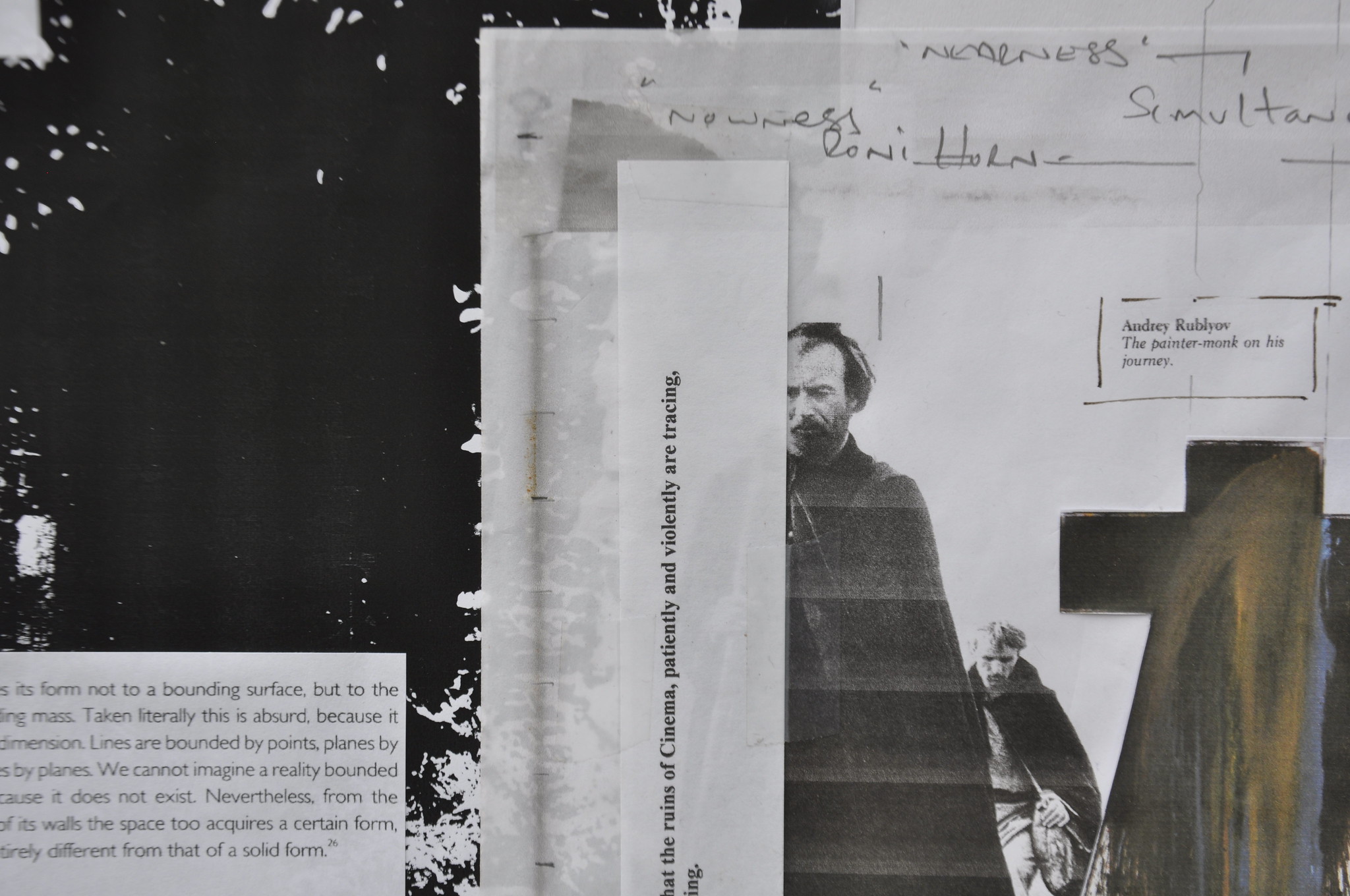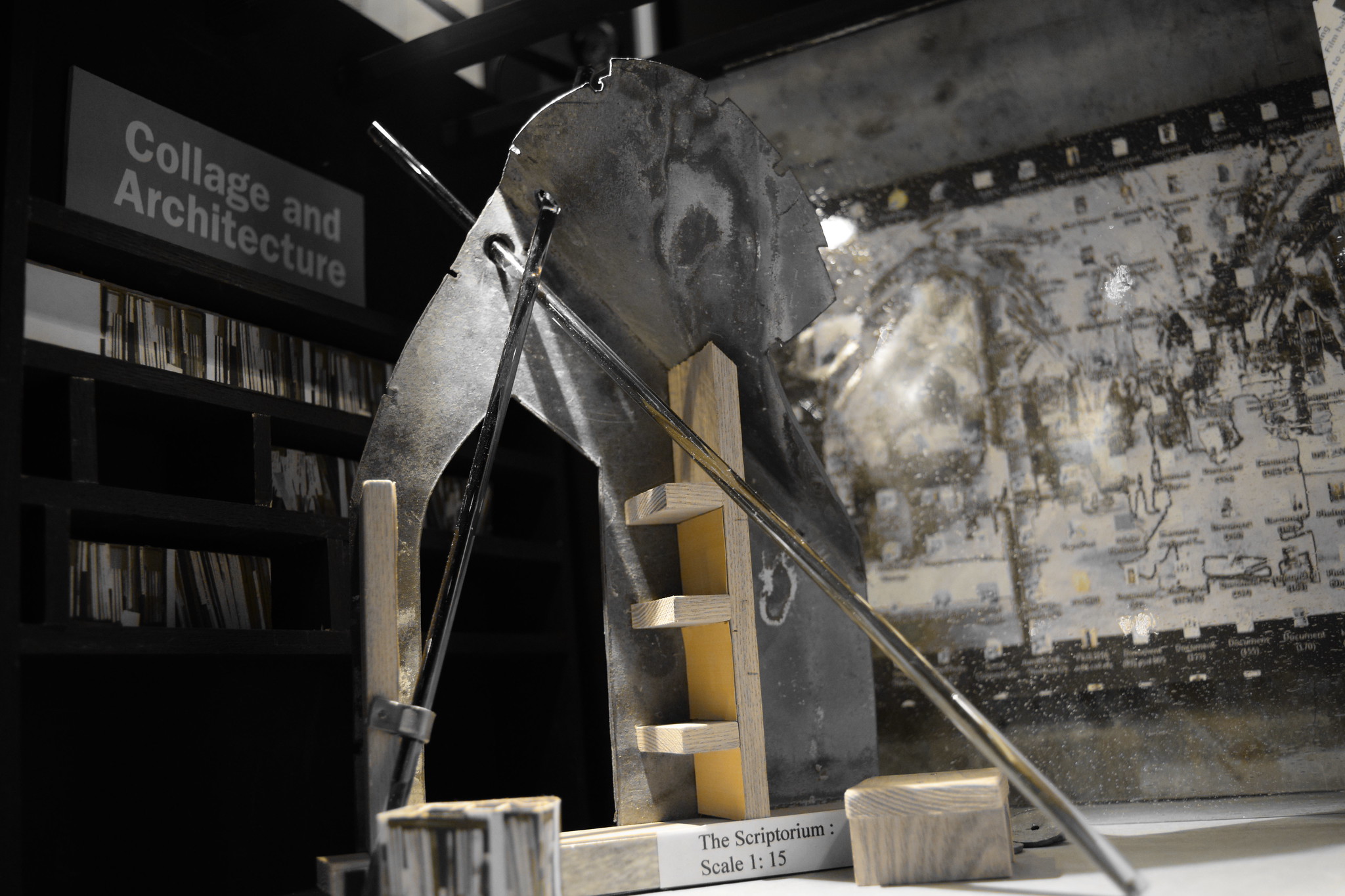Displayed Books
Part of Visiting The Archive/Waveney and Blyth Arts 2011-2018
Exploratory Workshop
Pipers Places, Richard
Ingrams. John Piper. 1983
The Poetics of Space,
Gaston Bachelard. 1964
The Fate of Place, A
Philosophical History. Edward S. Casey. 1997
The Experience of
Landscape, paintings,drawings and photographs, Arts Council. 1987
Archaeology, Mark Dion.
1999
Kate Whiteford, Land
Drawings, Installations, Excavations. 2008
Psychogeography, Merlin
Coverley. 2010
This Enchanted Isle,
Peter Woodcock. 2000
The Rings of Saturn, W.
G. Sebald. 1998
Land, Antony Gormley,
Clare Richardson, Jeanette Winterson. 2016
The Wild Places, Robert
Macfarlane. 2007
A Field Guide To
Getting Lost, Rebecca Solnit. 2017
Contemporary Art And
Anthropology, Arnd Schneider, Christopher Wright. 2006
Melancholy And The
Landscape, Jacky Bowring. 2017
The Eroded Steps,
Giuseppe Penone. 1989
Mapping It Out,
Alternative Atlas of Contemporary Cartographies, Hans Ulrich Obrist.
2014
Strange Tools, Art and
Human Nature, Alva Noe. 2015
Ways of Curating, Hans
Ulrich Obrist. 2014
Wildwood, A Journey
Through Trees, Roger Deakin. 2007
One Green Field, Edward
Thomas. 2009
Claxton, Mark Cocker.
2015
The Abstracted Vessel,
Ceramics in studio, John Houston. 1991
A Potter's Book,
Bernard Leach. 1977
An Anthropology Of
Landscape, Christopher Tilley, Kate Cameron-Daum. 2017























